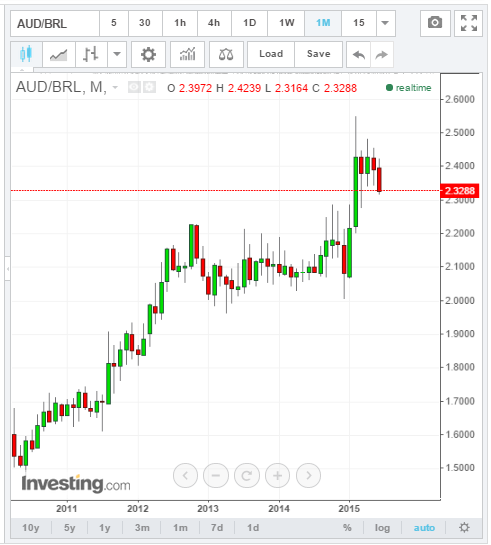From BS, Bartho thinks so:
Vale has some relatively high-cost production. Its southern system has cash costs at its port of about $US24 a tonne and its south-eastern system cash costs of just over $US20 a tonne. Landed in China, however, despite the collapse in freight costs, the output from those systems has cash costs of about $US40 a tonne.
Add in administration and financing costs, and sustaining capital expenditures, and overall those systems would be barely cash-positive (if at all) at the current iron ore price of just under $US50 a tonne.
…With Fortescue having surprising success in driving down its costs, and regardless of analysts’ scepticism about the sustainability of some of the drivers of those reductions over the longer term, Vale’s older systems are effectively being turned into the sector’s marginal producer among the majors, at least until S11D is fully operational.
A little bit, yes, though I’ll add that Vale did not alter its annual guidance so any displacement here is with its own ore. I am not familiar enough with the particulars of Vale’s output to know how much output is in this higher cost range. I will observe, however, that if it were true that Vale could be forced to cut big volumes then I’m not sure why Twiggy Forrest has been looking so panicked for so long. These kinds of price range are not dissimilar to Foretscue’s Cloudbreak operations.
Either way, as I’ve argued many times, the only way to give FMG its best chance of displacing Vale is to get the dollar down versus the Brazilian real. Alas, authorities have been doing the exact opposite since the 2011 peak in the cycle:

Imagine how screwed Vale would be without the above…

